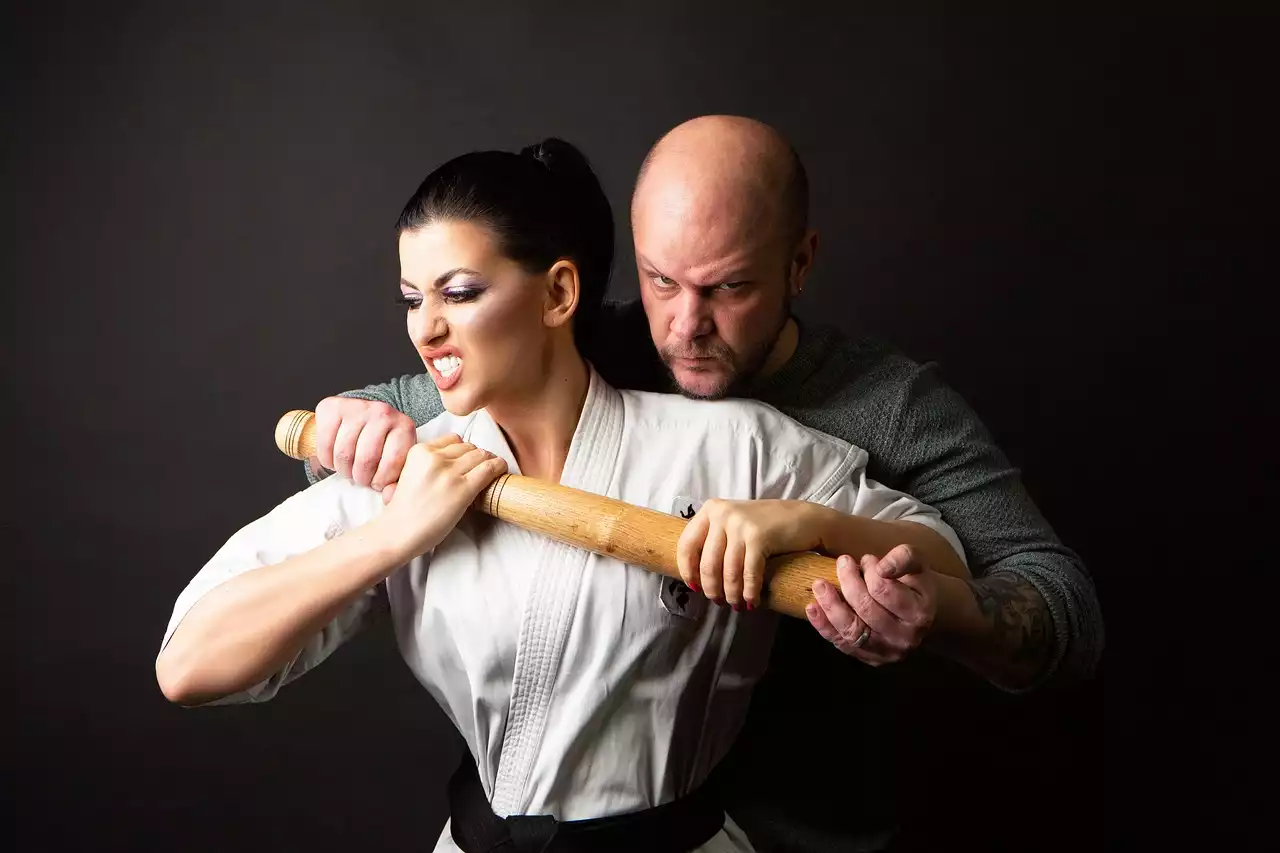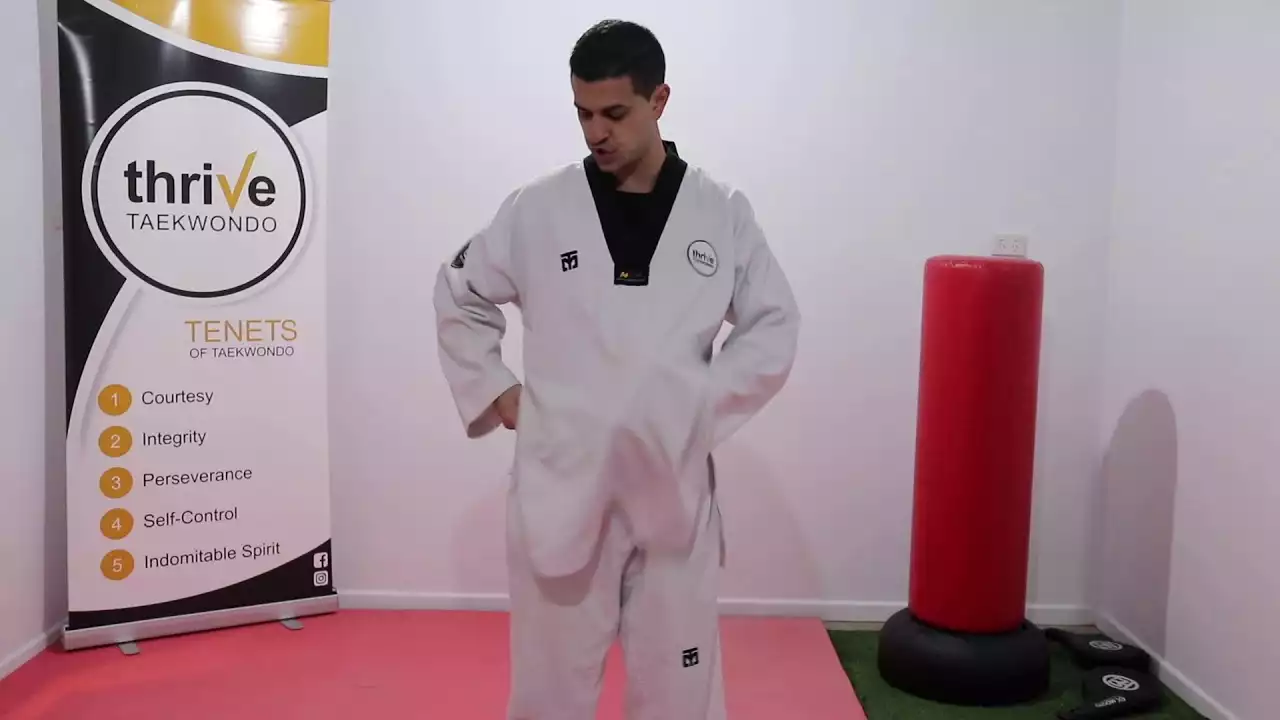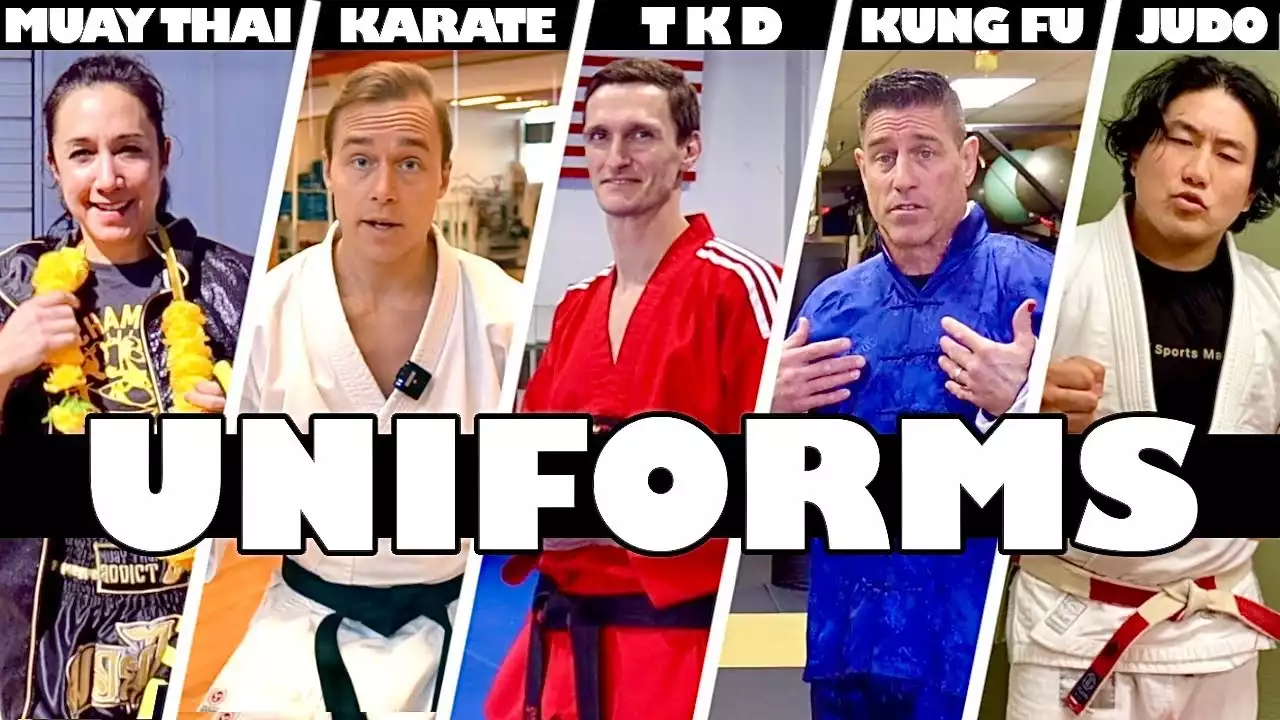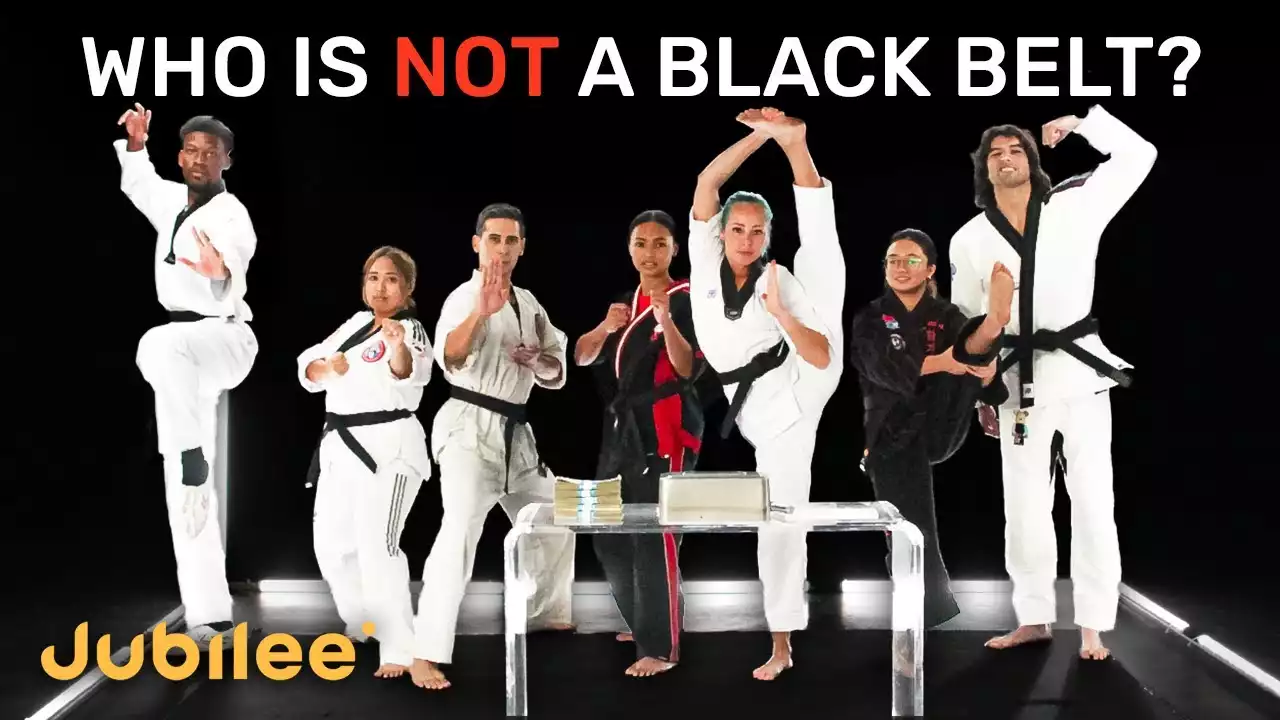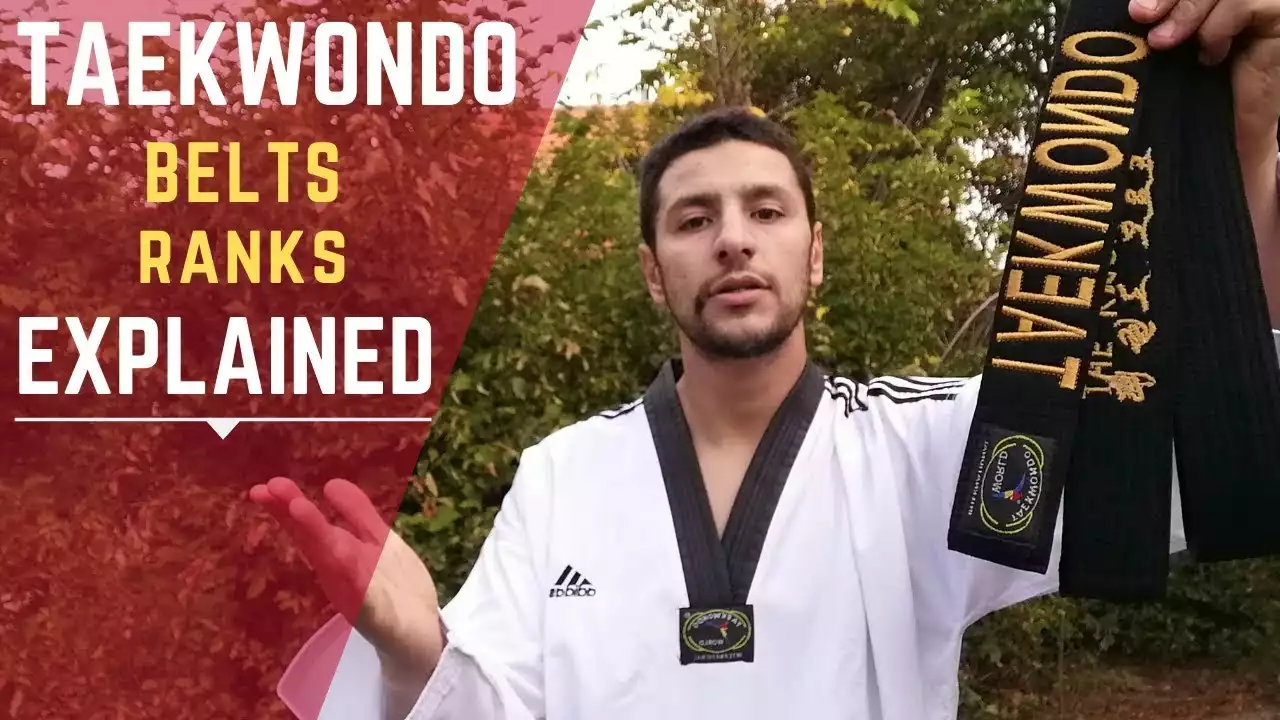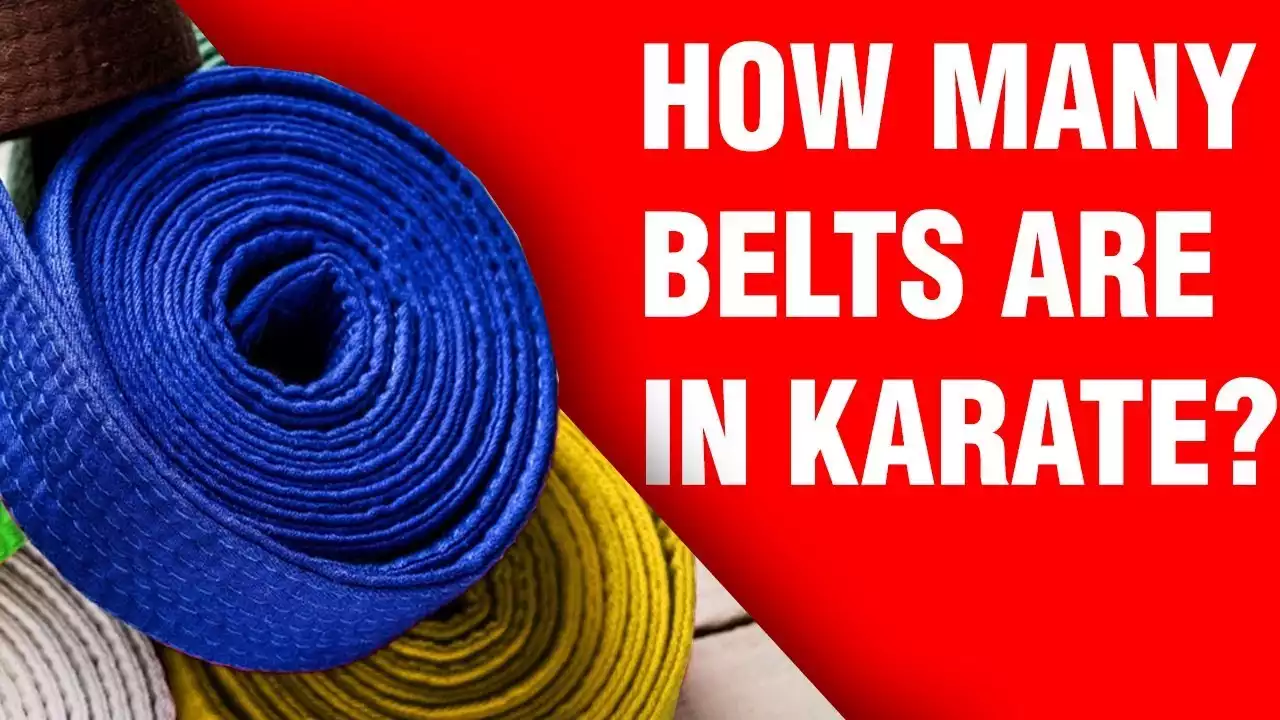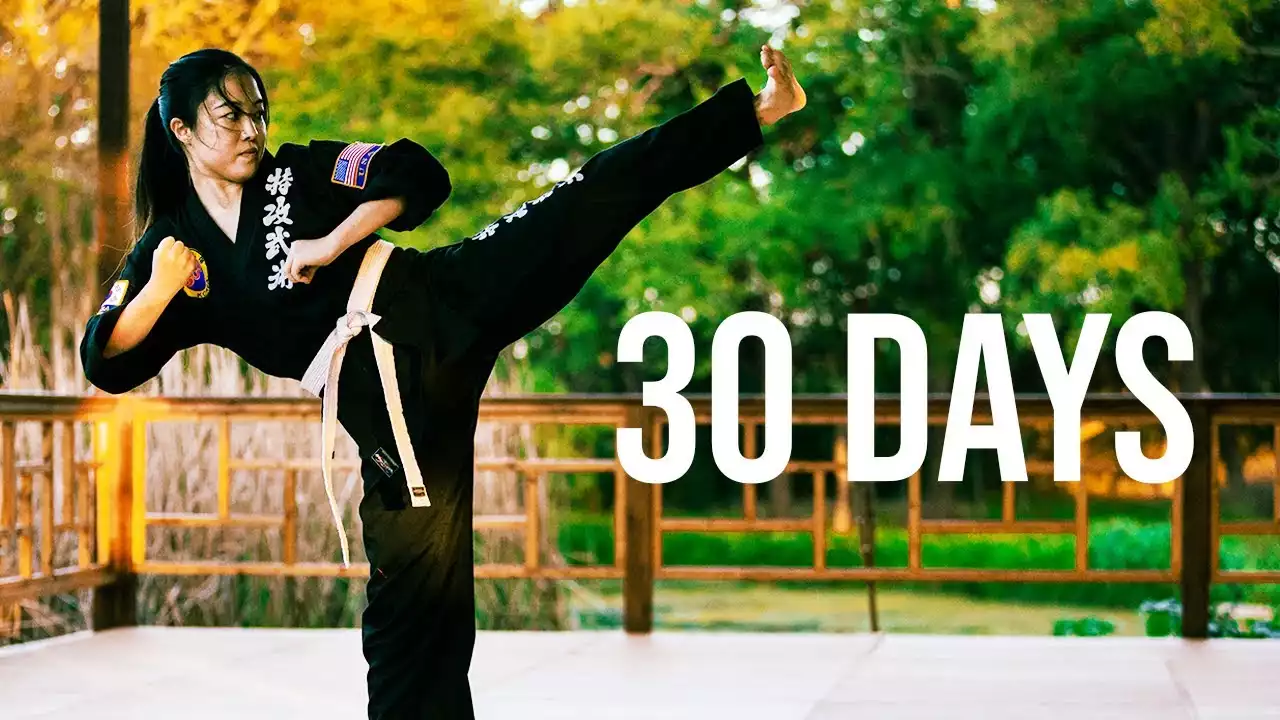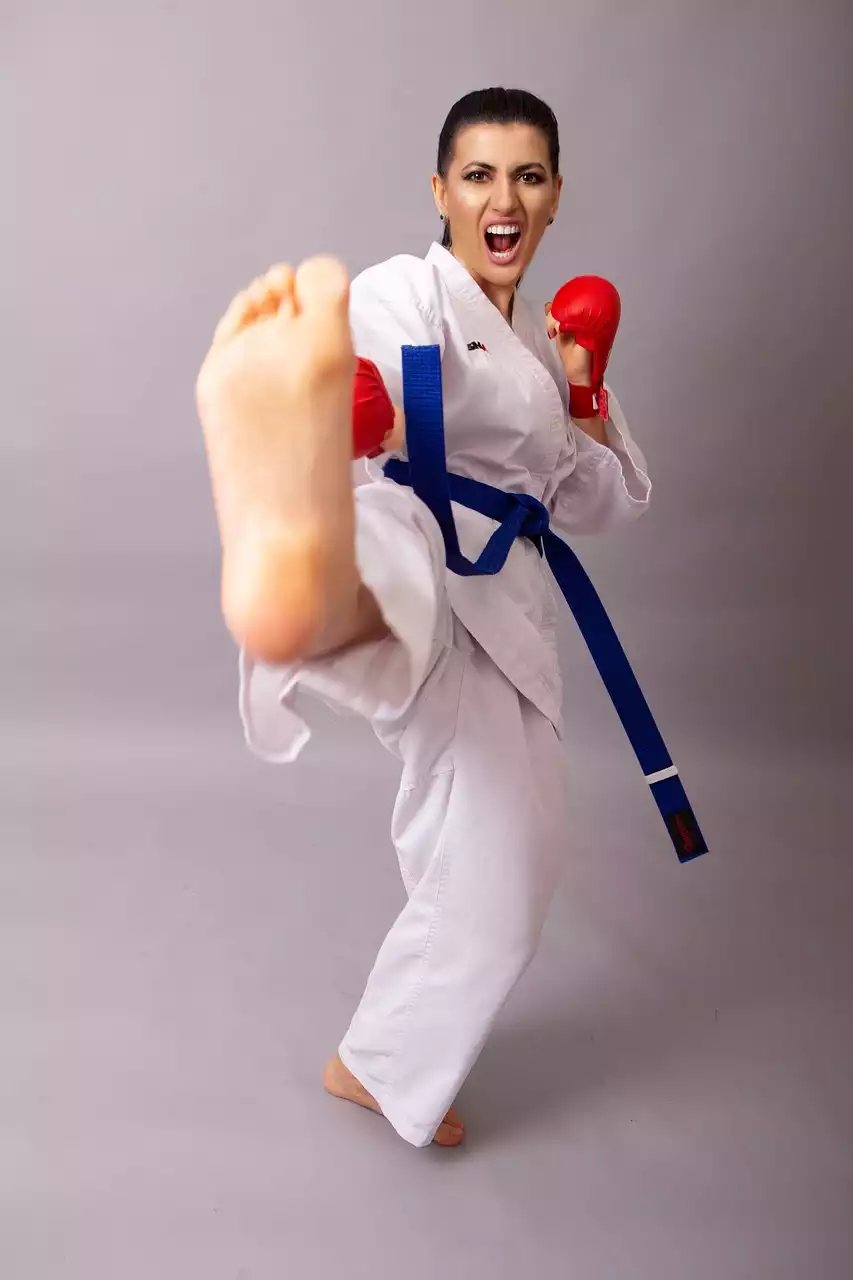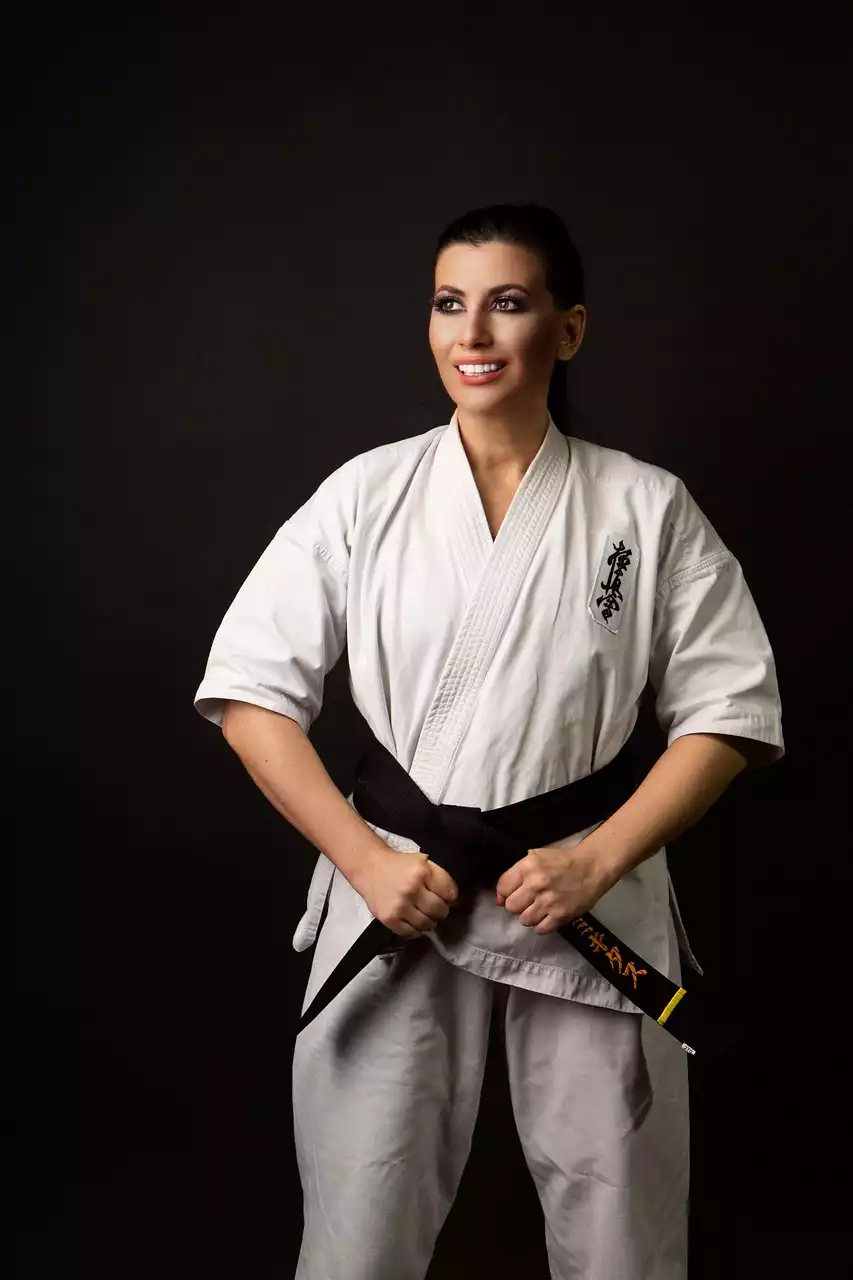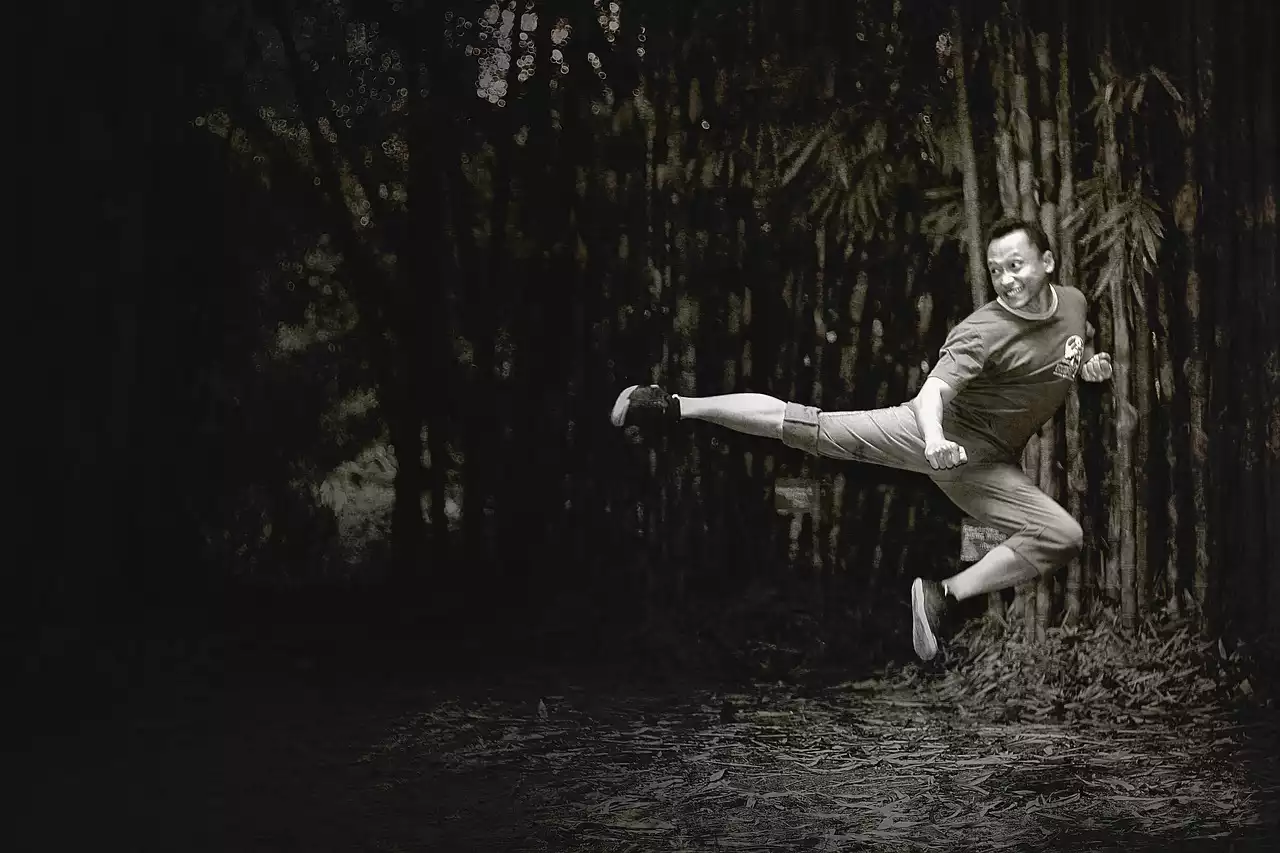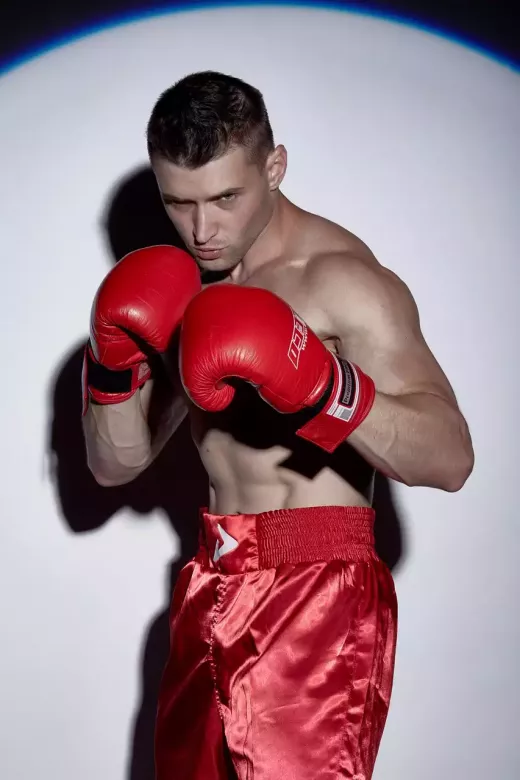What is Taekwondo?
Taekwondo is a Korean martial art that is practiced for both sport and self-defense. It is characterized by its fast and powerful kicking techniques and its emphasis on physical fitness and mental discipline. Taekwondo is a popular martial art worldwide and is practiced by millions of people in more than 180 countries. It is an Olympic sport governed by the World Taekwondo Federation (WTF).
Taekwondo is a martial art that is based on the principle of using one’s body and mind in harmony to achieve the highest level of physical and mental excellence. It is composed of a variety of techniques that are used to defend oneself against an opponent. The techniques include punches, kicks, blocks, and throws. Taekwondo also emphasizes mental discipline and self-control, which is why it is often referred to as the “art of self-defense”.
History of Taekwondo
Taekwondo has its roots in ancient Korean martial arts, which have been practiced for centuries. It was officially recognized as an international sport in 1973 when the International Taekwondo Federation (ITF) was founded. In 1980, the World Taekwondo Federation (WTF) was founded and it became the governing body for the sport. Taekwondo became an official Olympic sport in 2000 and is now practiced in more than 180 countries.
Overview of the Olympic Competition Rules of Taekwondo
The Olympic competition rules of Taekwondo are the same rules that are used by the World Taekwondo Federation (WTF). These rules have been established to promote fair and safe competition. The Olympic rules emphasize speed and agility, as well as the proper technique and form of martial art.
All competitors must adhere to the Taekwondo Olympic rules and show respect at all times. The Olympic rules of Taekwondo are designed to ensure that all athletes can compete safely and to the best of their abilities. All competitors need to understand and follow these rules so that the Olympic spirit of fair play and respect is maintained. With the Olympic rules in place, athletes can compete in the spirit of friendly competition and strive to achieve excellence.
The Olympic rules of Taekwondo are divided into three main categories: the rules of competition, the rules of scoring, and the rules of discipline. The rules of competition cover all aspects of the competition, from the preparation of the athletes to the end of the match. The rules of scoring cover how points are awarded in Taekwondo matches. The rules of discipline cover how athletes should behave on and off the mat.
The scoring system in Taekwondo
The Olympic rules of Taekwondo prescribe the scoring system used in Olympic competitions. In Olympic Taekwondo, points are awarded for successful techniques such as kicks, punches, blocks, and throws. Points are awarded for courses that are executed with speed, power, and accuracy. Points are also awarded for techniques that are preceded by good footwork and agility.
The scoring system is designed to reward athletes who can demonstrate a combination of speed, power, and accuracy in their techniques. In Olympic Taekwondo, a match is won when one competitor has a higher score than their opponent at the end of the match.
Equipment requirements for Taekwondo Olympic competitions
In Olympic Taekwondo, competitors must wear the proper protective gear and clothing during the competition. All competitors must wear the official WTF Taekwondo uniform, which includes a jacket, pants, and belt. The jackets and pants must be made of lightweight fabric and be in WTF-approved colors. All competitors must also wear WTF-approved protective gear, which includes a chest protector, shin guards, forearm guards, and a mouth guard.
In addition to protective gear, Olympic competitors are also required to wear gloves, which must be WTF approved. The gloves must be made of lightweight material and must provide adequate protection for the hands and wrists. All competitors must also wear WTF-approved headgear, which must be made of lightweight material and must provide adequate protection for the face and head.
How to prepare for an Olympic Taekwondo competition
All competitors need to prepare properly for an Olympic Taekwondo competition. Preparation is key to success and is essential for any athlete looking to achieve their best results.
First and foremost, competitors need to have a good understanding of the Olympic rules of Taekwondo. It is also important for competitors to train for speed, agility, and power, as these are essential elements in Olympic Taekwondo. Competitors should also focus on improving their technique, accuracy, and timing. It is also important for competitors to practice visualization and mental preparation, as this can help them to stay focused and calm during their matches.
Disciplinary rules in Olympic Taekwondo competitions
In addition to the competition rules, the Olympic rules of Taekwondo also cover disciplinary rules. These rules are designed to ensure that all competitors show respect for their opponents and the sport of Taekwondo.
The disciplinary rules of Taekwondo include a prohibition on the use of profanity and unsportsmanlike conduct. All competitors must also show respect for their opponents and the referee at all times. It is also important for competitors to control their emotions and keep their composure during matches.
